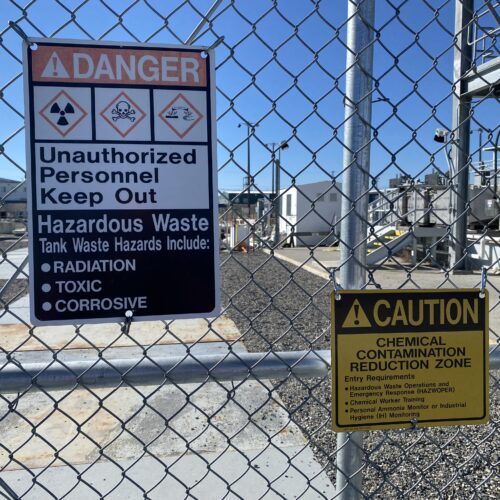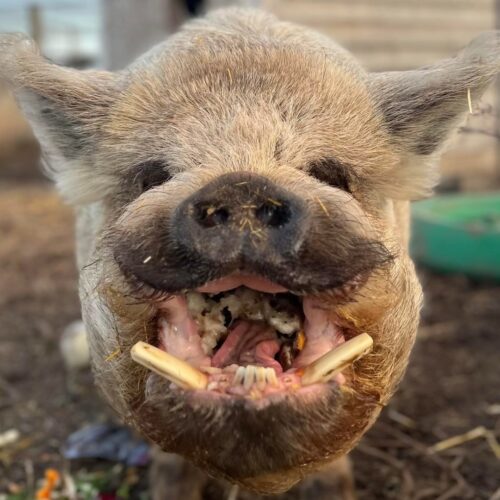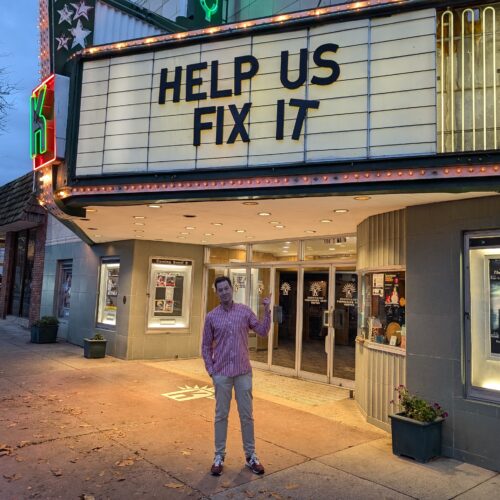
Hanford’s Radioactive Waste-Filled Tunnel 2 Set For Grouting After Comment And Study Process
Another large tunnel of radioactive waste will be grouted closed at Hanford. That was the decision Friday by the Washington Department of Ecology.
The long process goes back to when another tunnel, simply called Tunnel 1, partially collapsed in May 2017.
This so-called Tunnel 2 is much larger than Tunnel 1. Both tunnels run underground near the moth-balled PUREX plant at Hanford.
Tunnel 2 is nearly 1,700 feet long and filled with 28 rail cars full of chemical and radioactive waste. It’s mostly large and failed equipment that was too radioactive to store elsewhere.
Stephanie Schlief is the project manager for the tunnels for the state Ecology Department. She says if there was a collapse of Tunnel 2, it’d be potentially bad.
“There’s always the potential for there to be an exposure scenario to either people or workers out there, that could possibly have a release of radioactive material,” Schlief said.
More than 5,000 truckloads of grout will be used to fill up Tunnel 2. Critics say that much grout means the two tunnels will likely become a permanent near-surface waste dump. But federal contractors say the grout and radioactive equipment could be removed in the future.
WATCH: How Hanford’s Tunnel 1 Failed
Related Stories:

Washington’s Senator Patty Murray said Hanford safety in jeopardy, she’s ‘really, really worried’
(Credit: Anna King / NWPB) About a dozen federal workers have been fired from the Hanford site in southeast Washington state. Hanford is the contaminated legacy of plutonium manufacturing during

Project 2025 and Hanford: What Trump’s second term could mean for WA’s toxic sludge
A gate and signs stand guard at one of the Hanford site’s tank farms. (Credit: Anna King / NWPB) Listen (Runtime 4:02) Read By Anna King and Jeanie Lindsay Traffic

Washington state, federal agencies finalize agreement for tank waste cleanup at Hanford
Hanford workers take samples from tank SY-101 in southeast Washington state. (Courtesy: U.S. Department of Energy) Listen (Runtime :59) Read When it comes to tank waste at Hanford in southeast
















